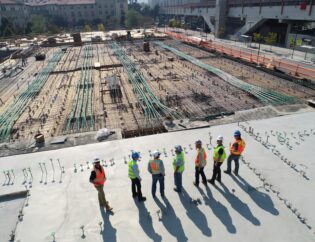
As a contract employee who is working for federally-funded construction projects, it is important to know about the prevailing wage rates and benefits you are entitled to. The Davis and Bacon Related Acts (DBRA) was enacted by the Congress to ensure that local workers are being paid a fair pay and provide local contractors a fair opportunity to compete for federal government projects.
The Davis-Bacon prevailing wage is the totality of the basic hourly wage rate and any fringe benefits listed in the applicable Davis-Bacon wage determination for a specific classification of workers. A wage determination lists wage rates determined by the Wage and Hour Division (WHD) to be prevailing in a specific geographic area for a specific type of construction and is required to be posted by the contractor at the work site in a prominent and accessible place where workers can easily see it.
So, how are prevailing wages determined?
The U.S. Department of Labor determine prevailing wages through Occupational Employment Statistics survey which settles the wage rates for certain employment based on the project location. U.S. employers are required to show that they will pay their foreign workers the higher rate of either the actual wage paid to workers with similar experience and qualifications or the prevailing wage rate. Employers in the United States must demonstrate that they will pay their foreign workers the higher of the actual wage paid to workers with similar experience and qualifications or the prevailing wage rate.
The DOL uses four level of wages that determine the scale of the rates based of the position and job duties:
Level I: Entry-Level Employees
Level II: Qualified Employees
Level III: Experienced Employees
Level IV: Fully Qualified Employees
When you start working for a federally-funded construction project, it’s definitely an advantage to know more about prevailing wages so you’ll be able to assess your employment level, as well as your wage rate.










